Home>Garden Essentials>What Are Perilla Seeds
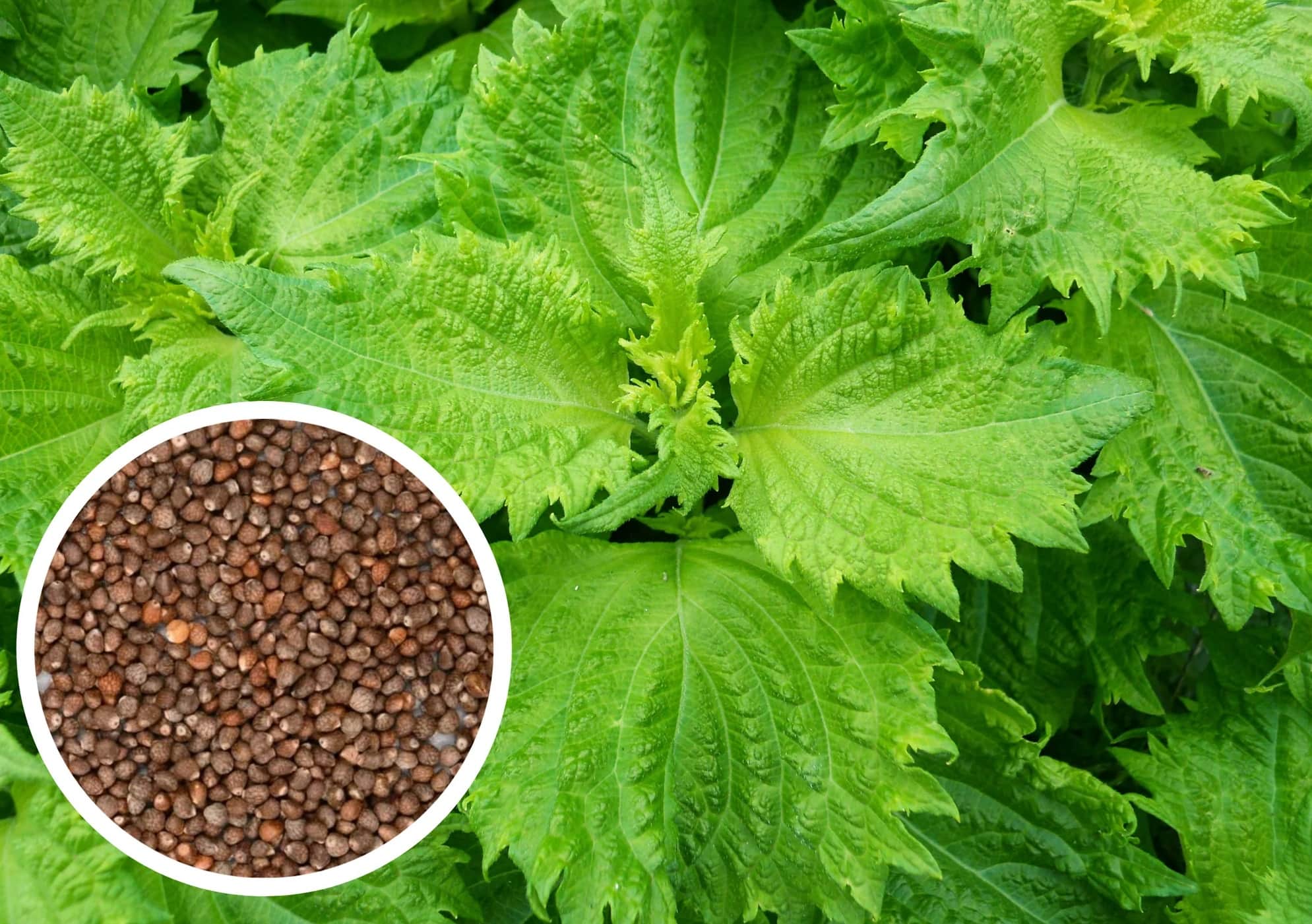

Garden Essentials
What Are Perilla Seeds
Modified: March 15, 2024
Discover the wonders of perilla seeds for your garden. Learn how to grow, harvest, and use these versatile seeds to enhance your culinary creations and benefit your health.
(Many of the links in this article redirect to a specific reviewed product. Your purchase of these products through affiliate links helps to generate commission for Storables.com, at no extra cost. Learn more)
Introduction
Perilla seeds, also known as perilla frutescens, are small, nutritious seeds that have been used for centuries in various cultures for their health benefits and culinary uses. These seeds come from the Perilla plant, which is native to East Asia. Perilla seeds are not only delicious but also packed with essential nutrients that can promote overall well-being. In this article, we will explore the history, cultivation, nutritional composition, health benefits, culinary uses, and frequently asked questions about perilla seeds.
Key Takeaways:
- Perilla seeds, originating from East Asia, are nutrient-packed and offer health benefits such as heart and brain support, making them a valuable addition to diets and culinary creations.
- With a rich history in traditional Chinese medicine and East Asian cuisines, perilla seeds are versatile, offering a unique flavor profile and potential health-boosting properties for those who consume them.
Read more: How To Store Perilla Leaves
History of Perilla Seeds
Perilla seeds have a rich history that dates back thousands of years. They have been widely used in traditional Chinese medicine and are an important ingredient in East Asian cuisines. The Perilla plant, also known as Shiso, was first cultivated in China and then spread to other parts of East Asia, including Japan and Korea.
In traditional Chinese medicine, perilla seeds were highly valued for their medicinal properties. They were believed to have anti-inflammatory, anti-allergic, and digestive benefits. Perilla seeds were often used to treat respiratory conditions, such as asthma and coughs, as well as gastrointestinal issues.
In Japan, perilla seeds are commonly used for their culinary purposes. The seeds are often roasted or crushed to extract their flavorful oil, which is used as a condiment or cooking oil. The leaves of the Perilla plant are also popularly used as a garnish and for wrapping sushi.
Perilla seeds eventually made their way to Korea, where they became a staple ingredient in Korean cuisine. They are used in various dishes, such as stews, stir-fries, and pickled vegetables.
Over time, perilla seeds have gained recognition in other parts of the world for their distinctive flavor and health benefits. They are now available in international food markets and are used by people all around the globe.
Cultivation and Harvesting
The cultivation of perilla seeds requires specific growing conditions to ensure optimal growth and yield. The Perilla plant is an annual herb that thrives in warm and sunny climates. It prefers well-draining soil and requires regular watering to maintain moisture levels.
The seeds are usually sown in the spring when the soil temperature is consistently above 60°F (15°C). They can be sown directly into the ground or started indoors and transplanted once the seedlings reach a suitable size.
Perilla plants can reach a height of 3-4 feet (1-1.2 meters) and have attractive, serrated leaves that come in various shades of green and purple. The plants produce small clusters of flowers that eventually develop into seed capsules.
Harvesting perilla seeds typically takes place in late summer or early autumn when the seed capsules have matured. The capsules turn from green to brown, indicating readiness for harvesting. The clusters of capsules are carefully cut from the plants, and the seeds are collected by gently beating or shaking the clusters. The seeds are then dried in a well-ventilated area to reduce moisture content and ensure long-term storage.
Once the perilla seeds have been harvested and dried, they can be stored in a cool, dark place in an airtight container to maintain their freshness and flavor.
Nutritional Composition of Perilla Seeds
Perilla seeds are not only prized for their flavor but also for their impressive nutritional profile. These tiny seeds are packed with essential vitamins, minerals, and beneficial compounds that can support overall health and well-being.
Here is a breakdown of the key nutrients found in perilla seeds:
- Omega-3 Fatty Acids: Perilla seeds are exceptionally rich in omega-3 fatty acids, particularly alpha-linolenic acid (ALA). Omega-3 fatty acids are known for their anti-inflammatory properties and are beneficial for heart health, brain function, and reducing the risk of chronic diseases.
- Protein: Perilla seeds are a good source of plant-based protein. Protein is essential for building and repairing tissues, regulating hormones, and supporting the immune system.
- Dietary Fiber: These seeds are also high in dietary fiber, which aids in digestion and promotes a healthy gut. Fiber can help regulate blood sugar levels, reduce cholesterol levels, and prevent constipation.
- Minerals: Perilla seeds contain an array of minerals, including calcium, iron, magnesium, and phosphorus. These minerals play vital roles in bone health, energy production, and muscle function.
- Vitamins: Perilla seeds are a good source of vitamins, such as vitamin E, vitamin B1 (thiamine), and vitamin B6 (pyridoxine). Vitamin E is a powerful antioxidant that helps protect cells from damage, while B vitamins are important for energy metabolism and nerve function.
- Antioxidants: Perilla seeds are rich in antioxidants, including rosmarinic acid and flavonoids. These compounds help protect the body against oxidative stress and may have anti-cancer and anti-inflammatory effects.
It is worth noting that the nutritional composition of perilla seeds may vary slightly depending on factors such as growing conditions and processing methods. However, overall, they remain a nutrient-dense food that can be incorporated into a balanced diet for their health-boosting benefits.
Perilla seeds are small, edible seeds that come from the Perilla frutescens plant. They are rich in omega-3 fatty acids and have a nutty flavor, making them a great addition to salads, stir-fries, and baked goods.
Health Benefits of Perilla Seeds
Perilla seeds offer numerous health benefits due to their rich nutrient content and bioactive compounds. Here are some of the key health benefits associated with consuming perilla seeds:
- Heart Health: The omega-3 fatty acids present in perilla seeds have been shown to support heart health by reducing inflammation, lowering blood pressure, and improving cholesterol levels. Regular consumption of perilla seeds may help decrease the risk of heart disease and stroke.
- Brain Function: The omega-3 fatty acids and antioxidants found in perilla seeds have a positive impact on brain health. They help protect brain cells from oxidative damage, promote proper cognitive function, and may reduce the risk of age-related cognitive decline and neurodegenerative diseases, such as Alzheimer’s.
- Inflammatory Conditions: Perilla seeds contain rosmarinic acid, a potent antioxidant with anti-inflammatory properties. This compound may help alleviate symptoms of inflammatory conditions, such as asthma, allergies, and rheumatoid arthritis.
- Digestive Health: The dietary fiber in perilla seeds promotes a healthy digestive system by regulating bowel movements, preventing constipation, and supporting the growth of beneficial gut bacteria.
- Immune Support: The antioxidants and vitamins present in perilla seeds help strengthen the immune system, protecting the body against infections and diseases.
- Skin Health: The high content of omega-3 fatty acids and antioxidants in perilla seeds can benefit skin health. These nutrients help to maintain skin elasticity, reduce inflammation, and protect against premature aging and skin disorders.
- Weight Management: Perilla seeds are low in calories and high in fiber, making them a satisfying addition to a weight management diet. The fiber content helps promote feelings of fullness and can aid in maintaining a healthy weight.
While perilla seeds offer numerous potential health benefits, it’s important to note that they should be consumed as part of a balanced diet and lifestyle. As with any food, moderation is key.
It’s always recommended to consult with a healthcare professional before making any significant changes to your diet or if you have any specific health concerns.
Read more: What Is Germinate
Culinary Uses of Perilla Seeds
Perilla seeds are not only nutritious but also add a distinct flavor and aroma to a variety of dishes. They are commonly used in East Asian cuisines for their culinary versatility. Here are some popular culinary uses of perilla seeds:
- Cooking Oil: Perilla seeds can be crushed or pressed to extract their flavorful oil. The oil is commonly used for stir-frying, sautéing, and as a condiment for dipping sauces. It has a nutty and slightly minty flavor that adds depth to dishes.
- Garnish: The leaves of the Perilla plant are often used as a garnish for various dishes. The leaves have a slightly minty flavor and a beautiful purple or green color that adds visual appeal to salads, sushi rolls, and rice bowls.
- Seasoning: Perilla seeds can be lightly toasted and ground into a powder to use as a seasoning. The powder can be sprinkled over rice, noodles, soups, or grilled meats to enhance their flavors.
- Pickling: Perilla seeds can be pickled and used as a condiment or side dish. The pickled seeds add a tangy and slightly spicy flavor to meals and are often paired with Korean barbecue or served alongside rice dishes.
- Baking: Perilla seeds can be added to baked goods such as bread, muffins, and cookies, adding a nutty flavor and a crunchy texture.
- Infusions: Perilla seeds can be used to make infusions for teas, cocktails, or flavored waters. Simply steep the seeds in hot water or mix them with other ingredients for a refreshing and aromatic beverage.
When using perilla seeds in cooking, it’s important to note that their flavor can be intense. It’s best to start with a small amount and gradually increase to achieve the desired taste. Additionally, perilla seeds can be stored in an airtight container in a cool, dark place to preserve their freshness.
With their unique flavor and versatility, perilla seeds can elevate a variety of dishes and add a delightful twist to your culinary repertoire.
Commonly Asked Questions about Perilla Seeds
Here are answers to some frequently asked questions about perilla seeds:
- Are perilla seeds safe to consume?
- Can perilla seeds be consumed raw?
- Can perilla seeds be used as a substitute for other seeds?
- How long do perilla seeds last?
- Can perilla oil be used for high-heat cooking?
- Where can I purchase perilla seeds?
- Are perilla seeds genetically modified?
Yes, perilla seeds are safe to consume for most people. However, if you have any specific allergies or medical conditions, it’s always advisable to consult with a healthcare professional before incorporating them into your diet.
While perilla seeds can be eaten raw, many prefer to toast or roast them before consuming. Toasting the seeds enhances their aroma and flavor, making them more enjoyable to eat.
Perilla seeds have a distinct flavor, so they may not be an exact substitute for other seeds such as sesame or flaxseeds. However, you can experiment with using them in recipes to add a unique twist and flavor profile.
Properly stored perilla seeds can last for up to a year. It’s important to store them in an airtight container in a cool, dark place to maintain their freshness and prevent them from becoming rancid.
Perilla oil has a relatively low smoke point compared to other cooking oils, so it is best suited for medium-heat cooking methods like stir-frying and sautéing. It is not recommended for deep frying at high temperatures.
Perilla seeds can be found in Asian grocery stores, specialty health food stores, and online retailers. Look for seeds that are fresh, properly packaged, and sourced from reputable suppliers.
Perilla seeds are generally non-GMO (non-genetically modified organisms), but it’s always a good idea to check the labeling or product information to ensure their non-GMO status.
If you have any further questions about perilla seeds or their culinary uses, feel free to consult with a nutritionist, chef, or your local health professional.
Conclusion
Perilla seeds are tiny powerhouses of nutrition and flavor that have been utilized for centuries in various cultures. From their historical use in traditional Chinese medicine to their culinary significance in East Asian cuisines, perilla seeds offer a wide range of benefits.
These seeds are not only packed with essential vitamins, minerals, and antioxidants but also provide a good source of omega-3 fatty acids and dietary fiber. The health benefits of perilla seeds include supporting heart health, promoting brain function, reducing inflammation, aiding digestion, boosting the immune system, and improving skin health.
In the kitchen, perilla seeds can be used in a multitude of ways – as a cooking oil, seasoning, garnish, pickling ingredient, or even in baking. The distinct nutty and minty flavor profile of perilla seeds adds depth and complexity to a variety of dishes.
Whether you’re looking to incorporate perilla seeds into your diet for their nutritional benefits or to explore new culinary horizons, these tiny seeds are a delightful addition to any recipe.
So, go ahead and experiment with perilla seeds in your cooking, and enjoy the unique flavors and health benefits they have to offer. From traditional Chinese medicine to modern-day kitchens, perilla seeds continue to captivate taste buds and promote well-being.
Frequently Asked Questions about What Are Perilla Seeds
Was this page helpful?
At Storables.com, we guarantee accurate and reliable information. Our content, validated by Expert Board Contributors, is crafted following stringent Editorial Policies. We're committed to providing you with well-researched, expert-backed insights for all your informational needs.
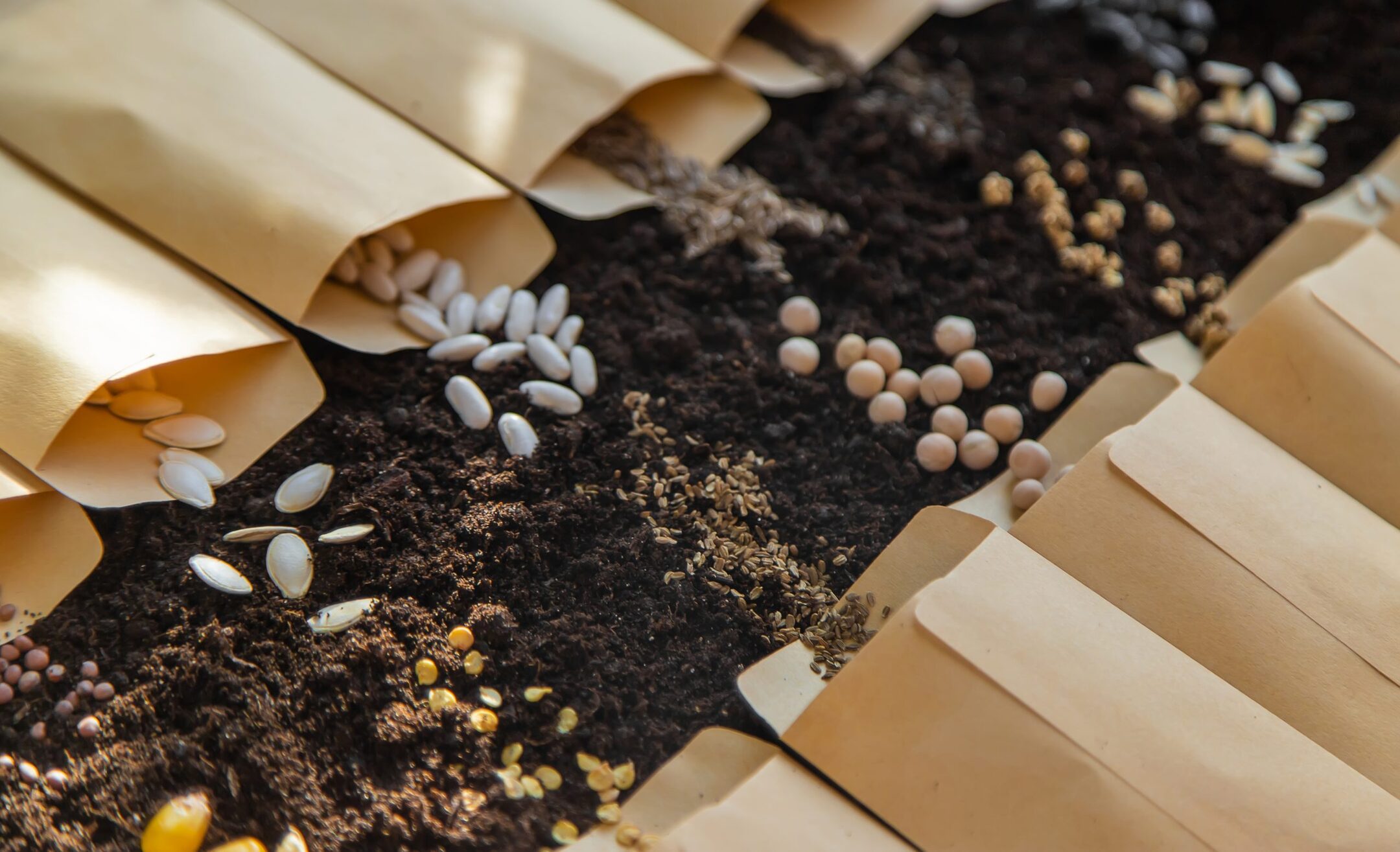
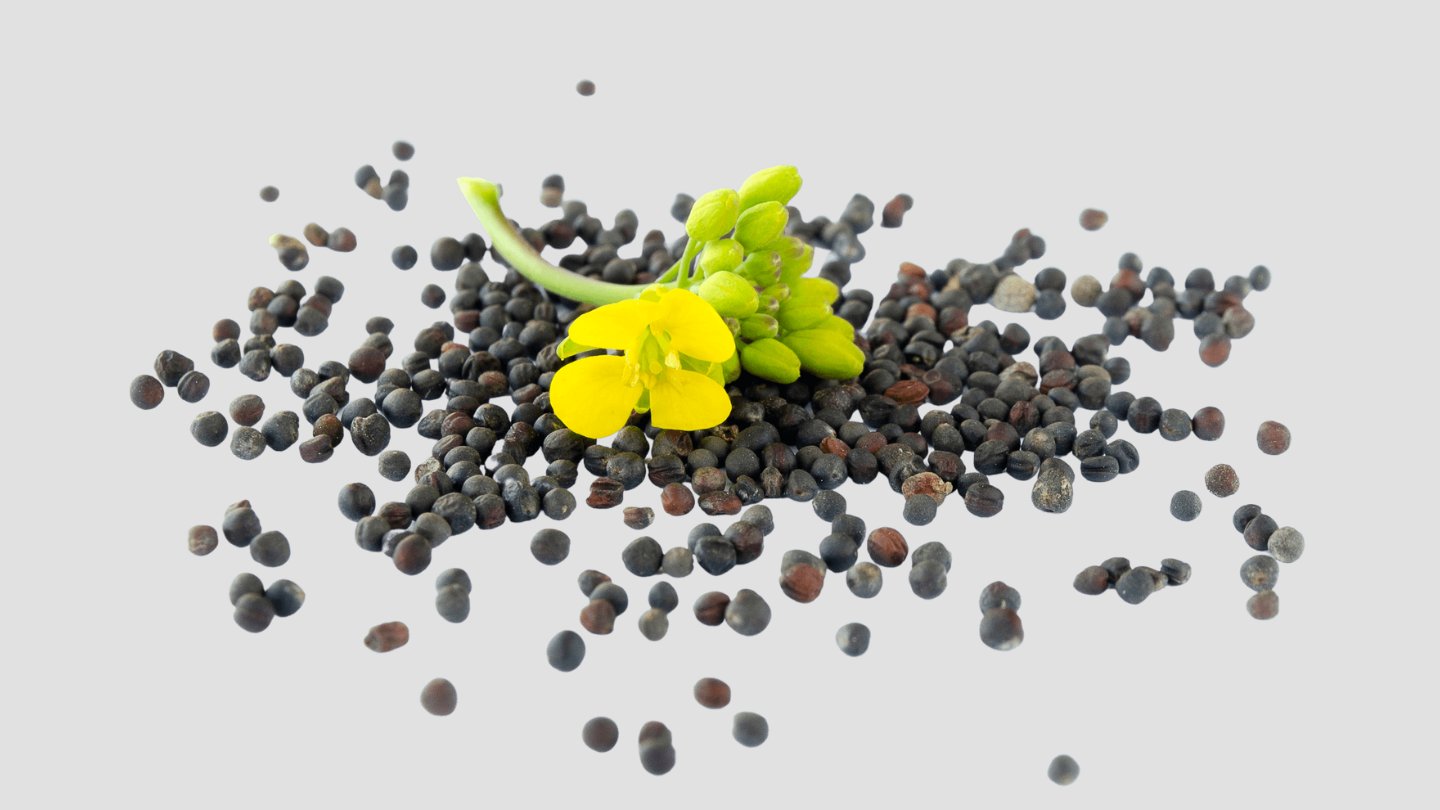
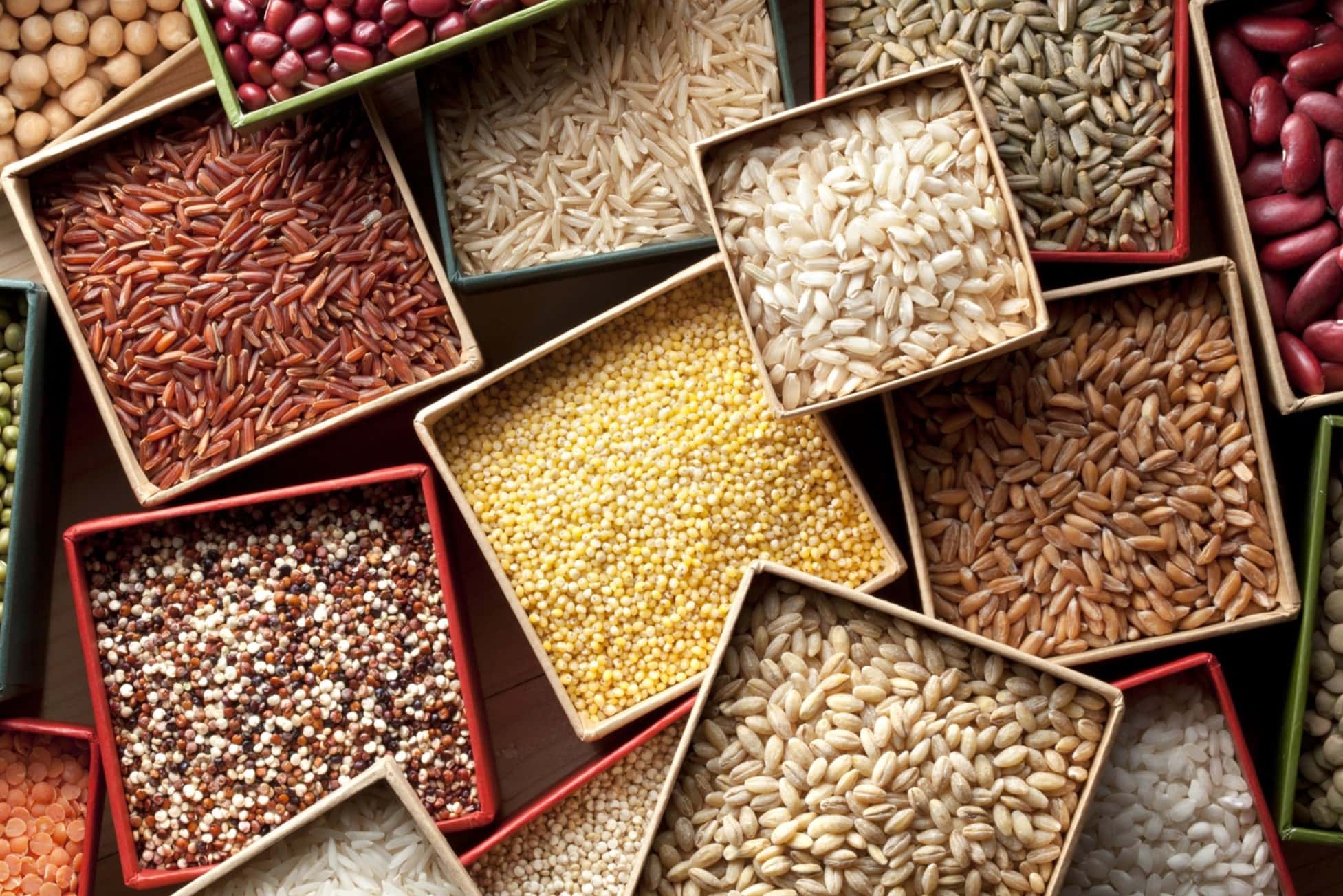
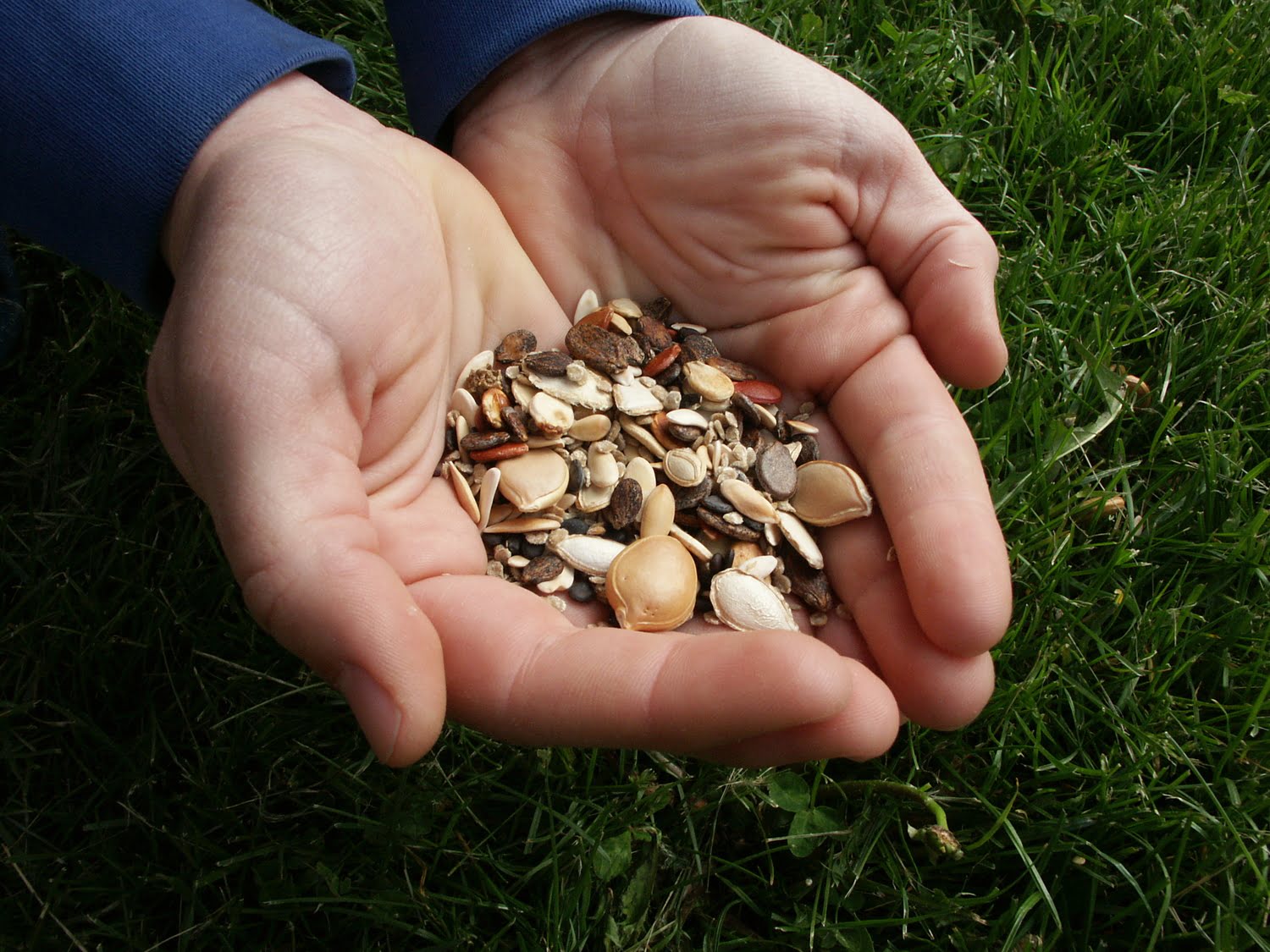

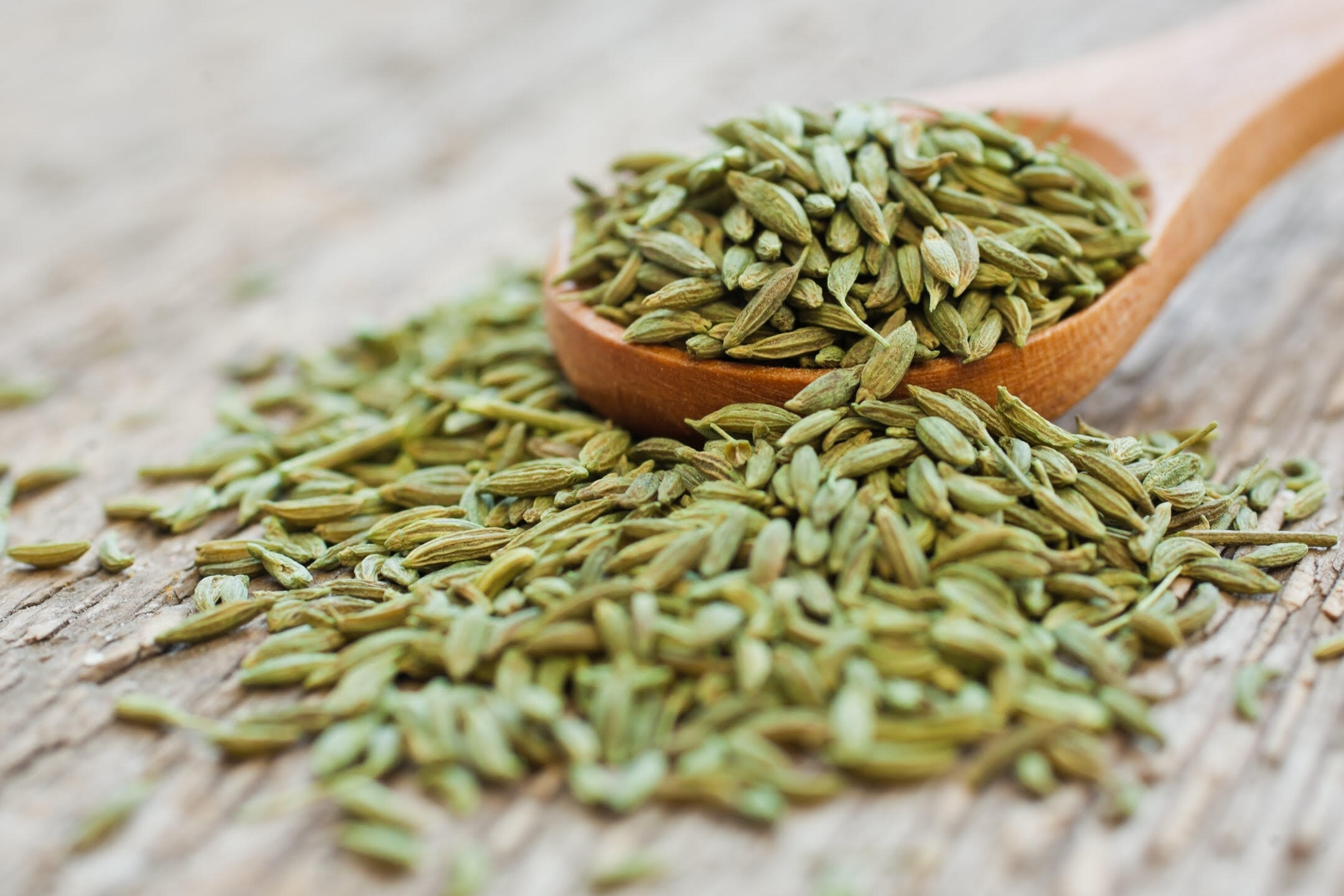
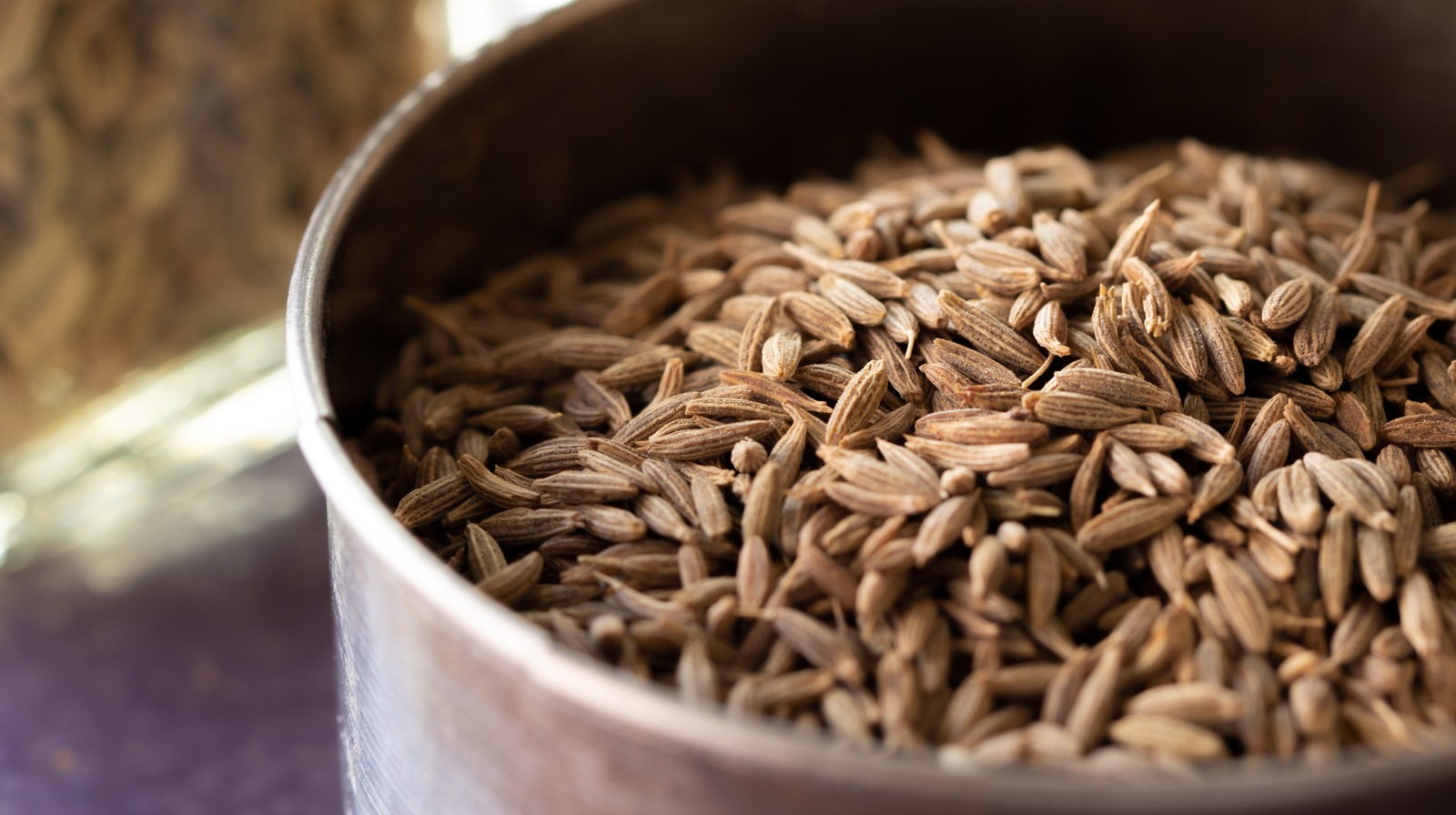
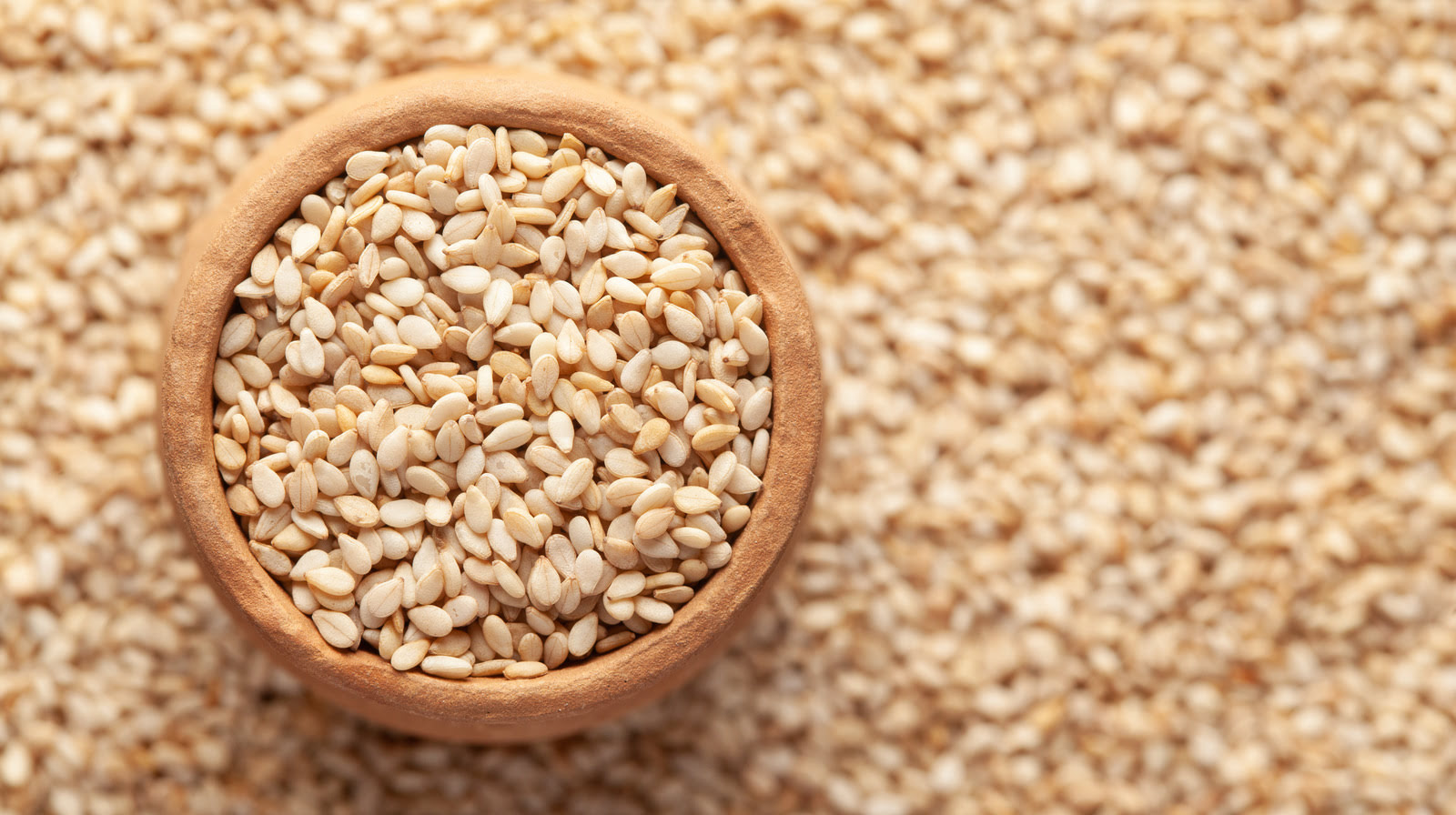
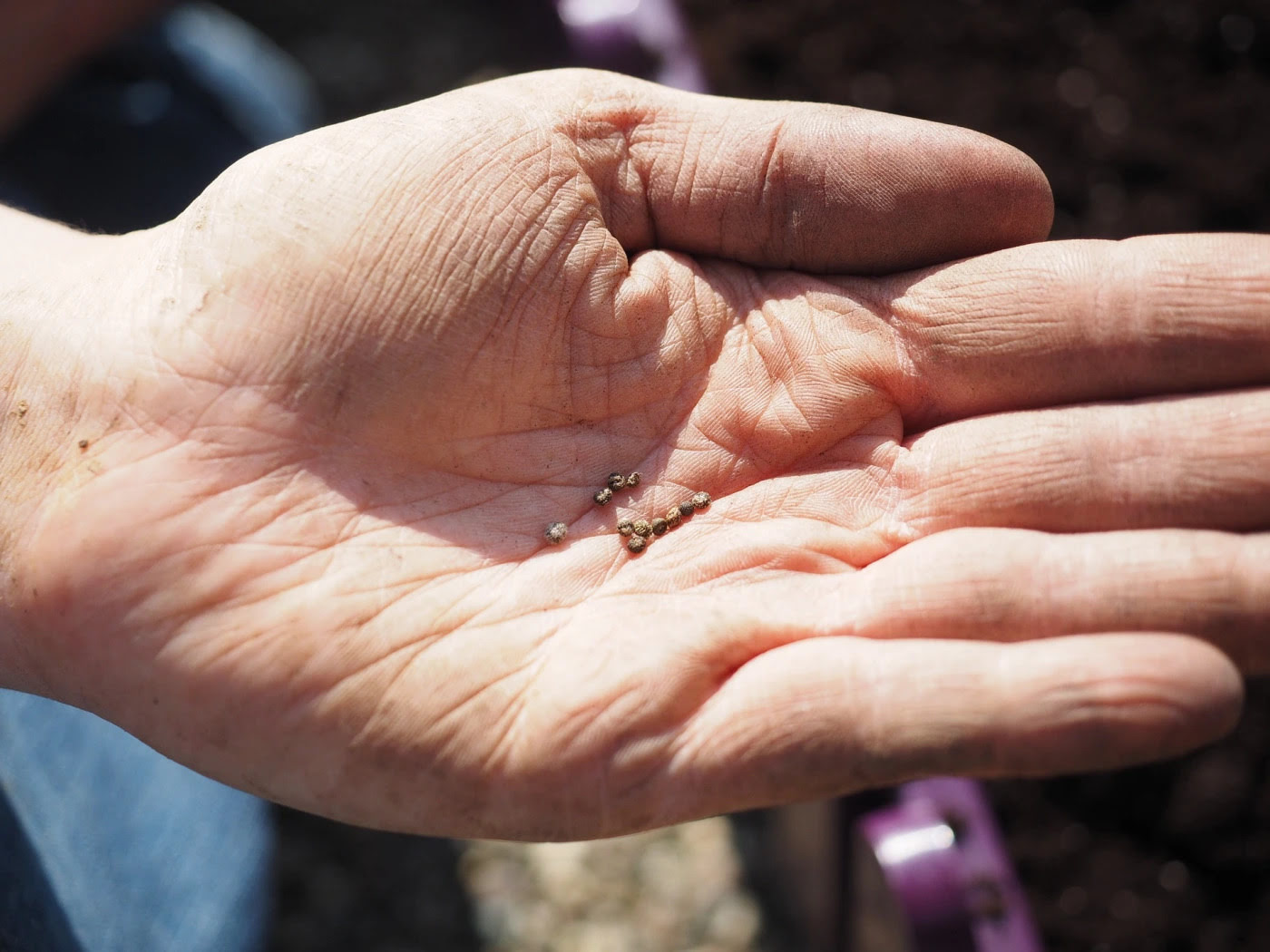
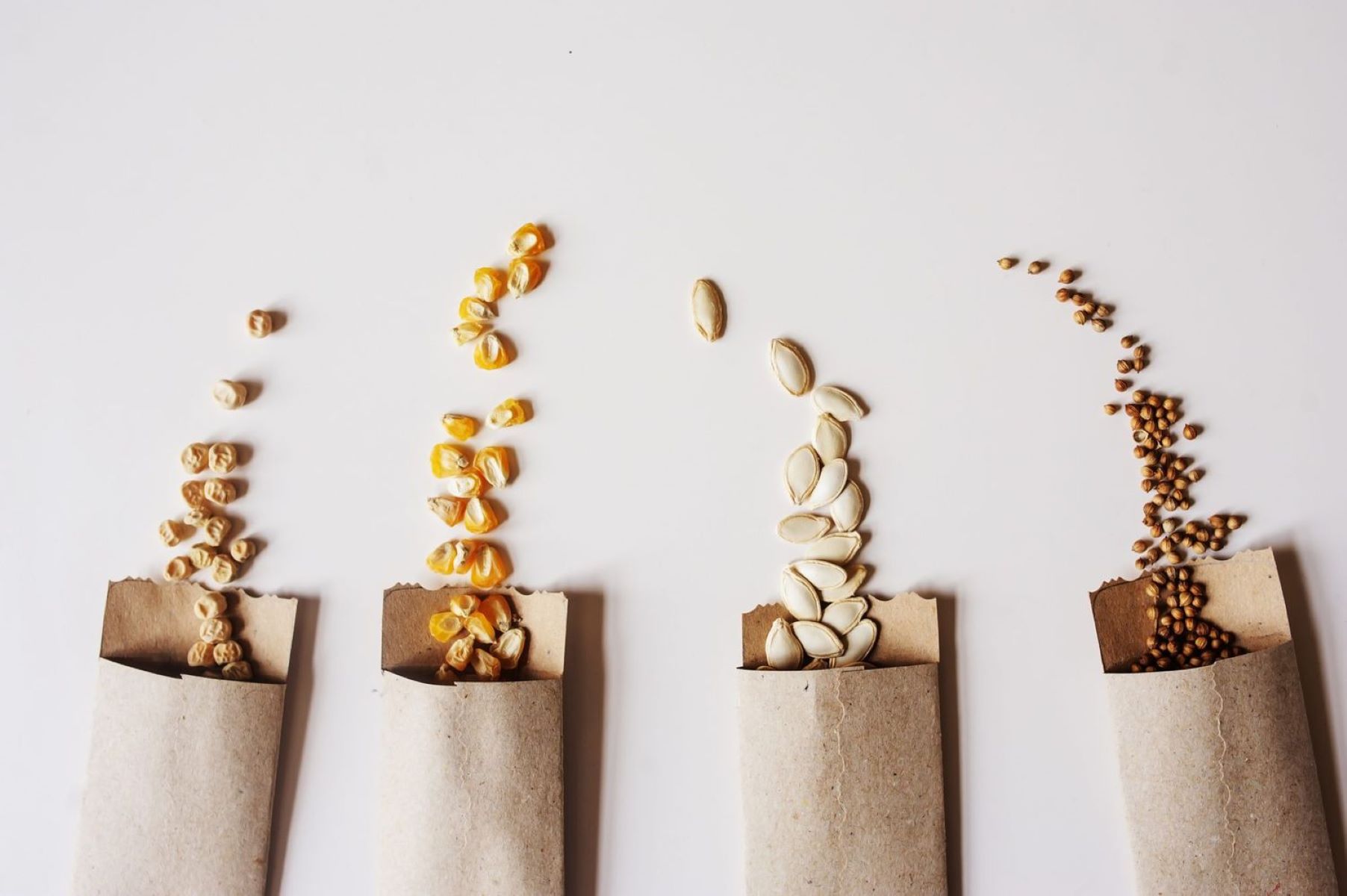
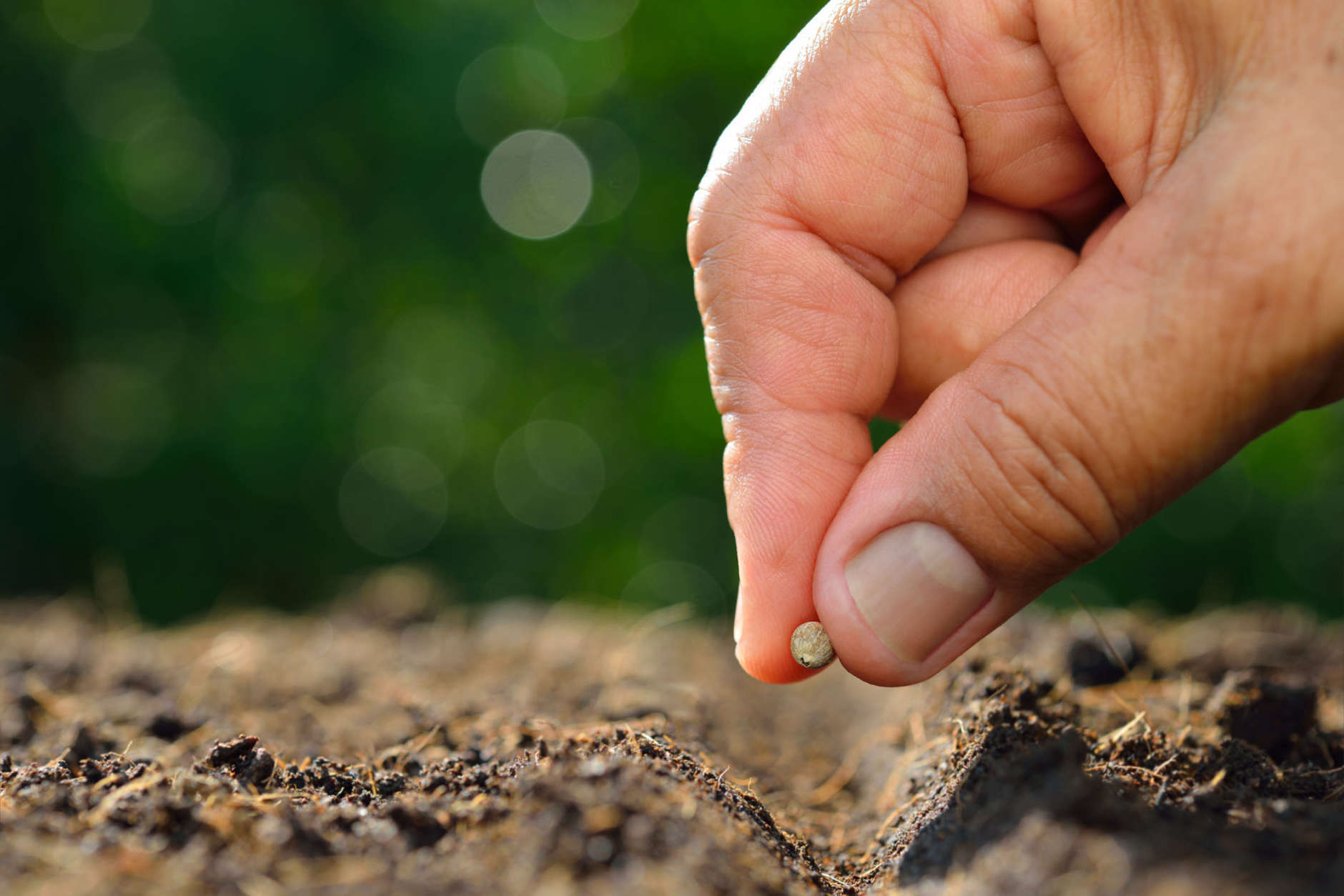
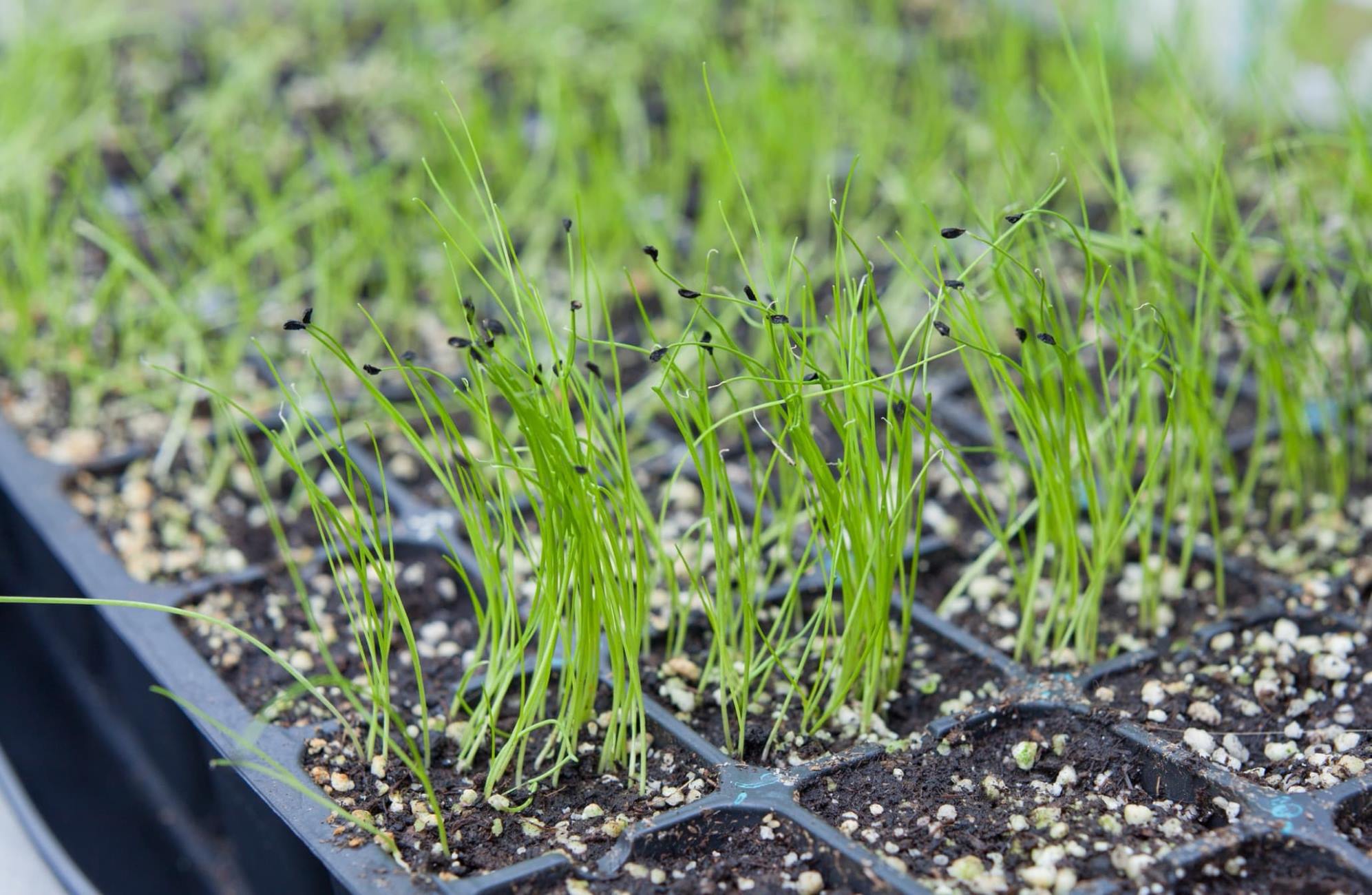
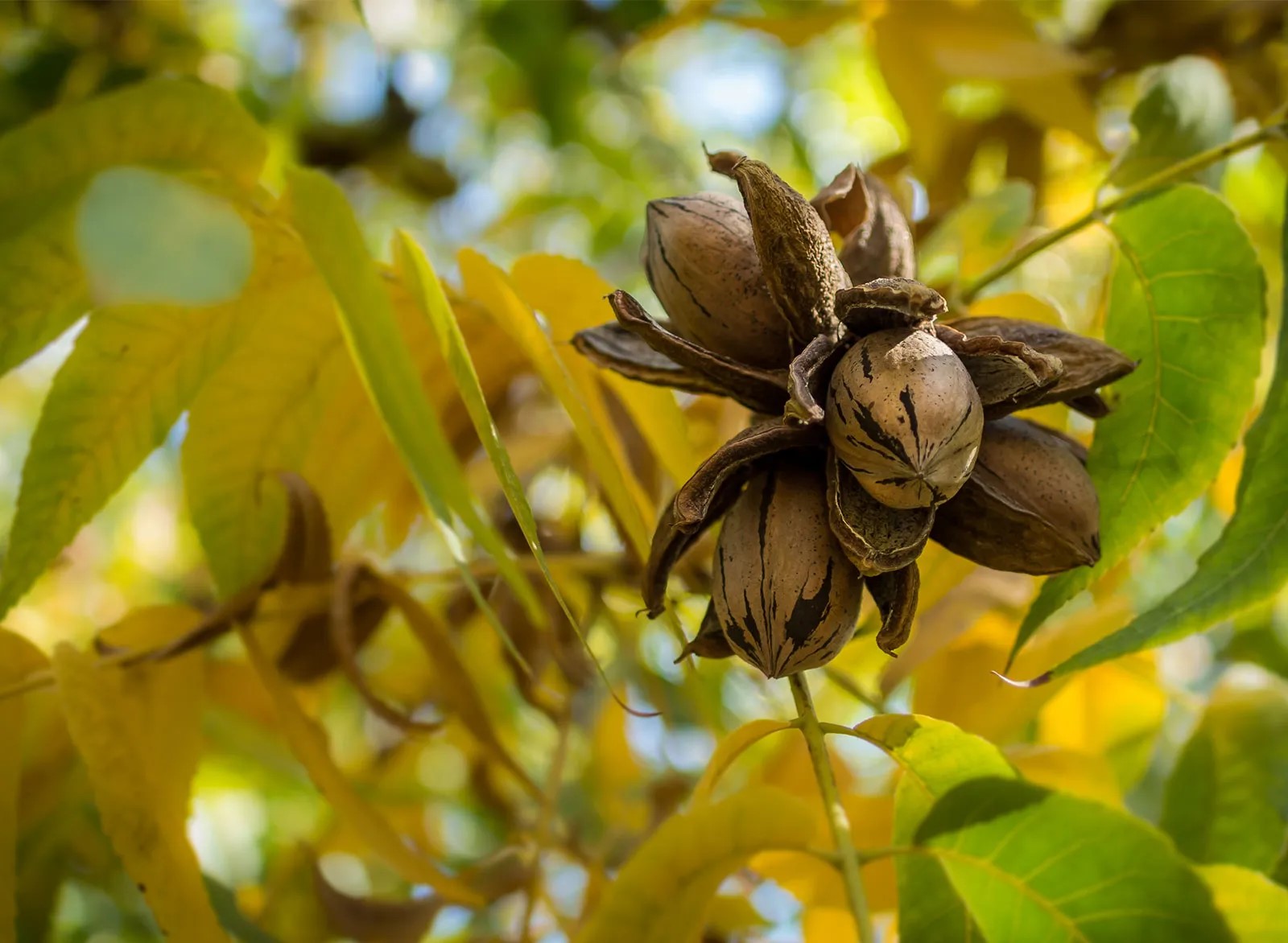
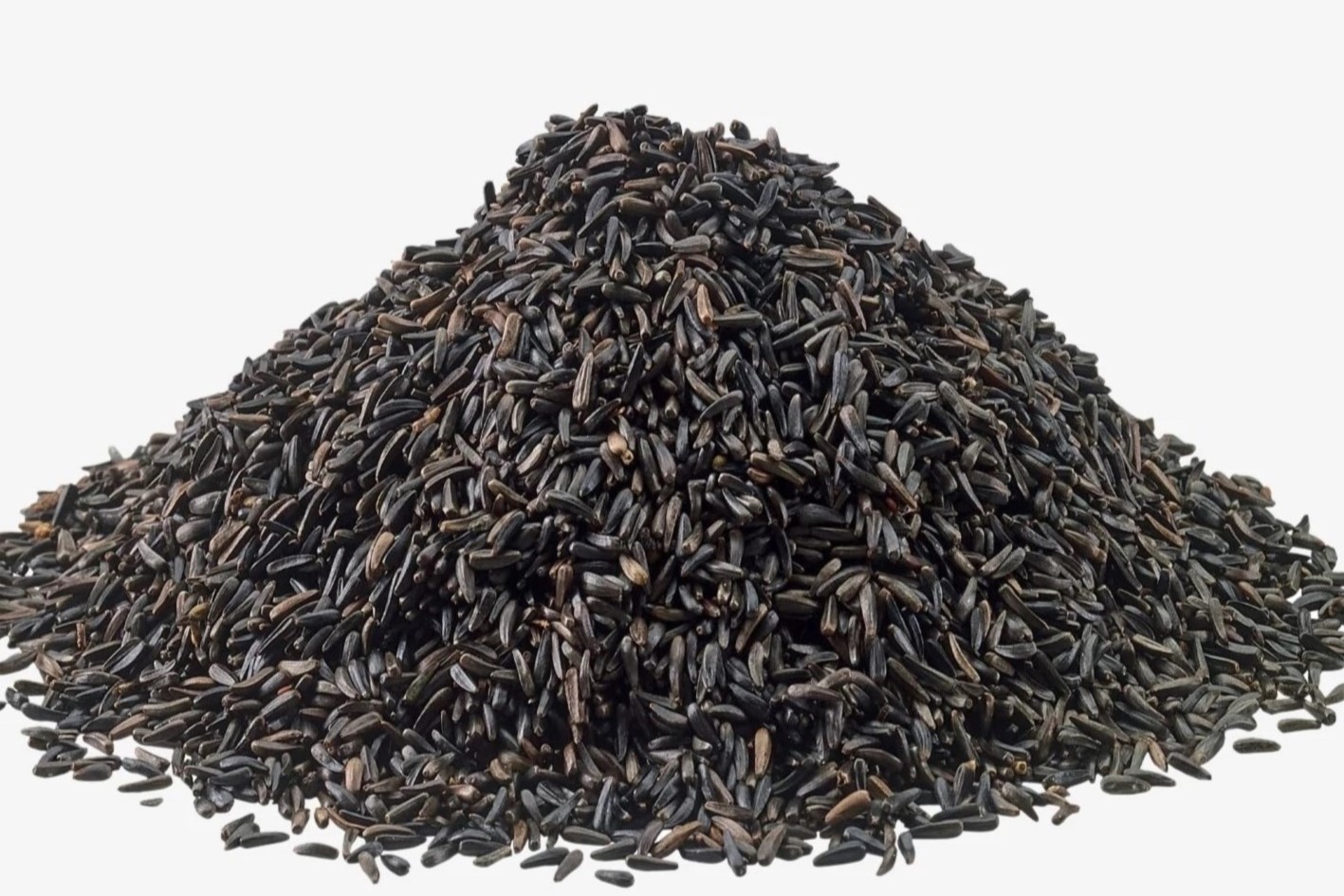

0 thoughts on “What Are Perilla Seeds”